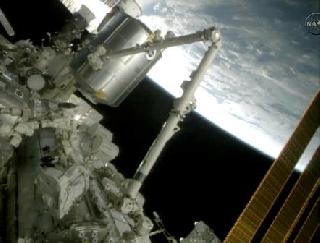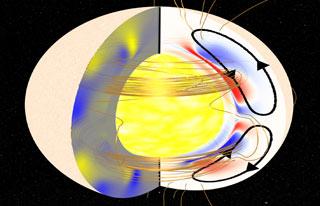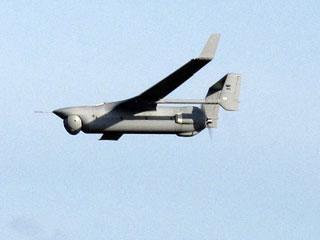
The European-built Leonardo Permanent Multipurpose Module was removed from the cargo bay of the Space Shuttle Discovery on 1 March and attached to the Earth-facing port of the Unity node of the ISS. A NASA TV photo.
PARIS (BNS): The European-built Leonardo Permanent Multipurpose Module made its final trip to the International Space Station with space shuttle Discovery, delivering an experiment rack and a range of stowage facilities.
The final flight of Discovery on Thursday marks the eighth and final trip of Leonardo to the orbiting complex. The module will be left attached to the Station as a permanent extension.
Originally built to ferry cargo to and from the Station in the Shuttle cargo bay, Leonardo’s modifications include improved debris shielding and easier access by the crew to its internal equipment.
Leonardo can support microgravity research into fluid physics, materials science, biology and biotechnology. The module was removed from the Shuttle’s cargo bay using the Station’s robotic arm and mated to the Earth-facing port of the Unity node, ESA said.
Leonardo flew into space for the first time in 2001, also on Discovery, as the first of three Multipurpose Logistics Modules built by the Italian space agency, ASI, under an agreement with NASA.
 Previous Article
Previous Article Next Article
Next Article













The Indian Air Force, in its flight trials evaluation report submitted before the Defence Ministry l..
view articleAn insight into the Medium Multi-Role Combat Aircraft competition...
view articleSky enthusiasts can now spot the International Space Station (ISS) commanded by Indian-American astr..
view article